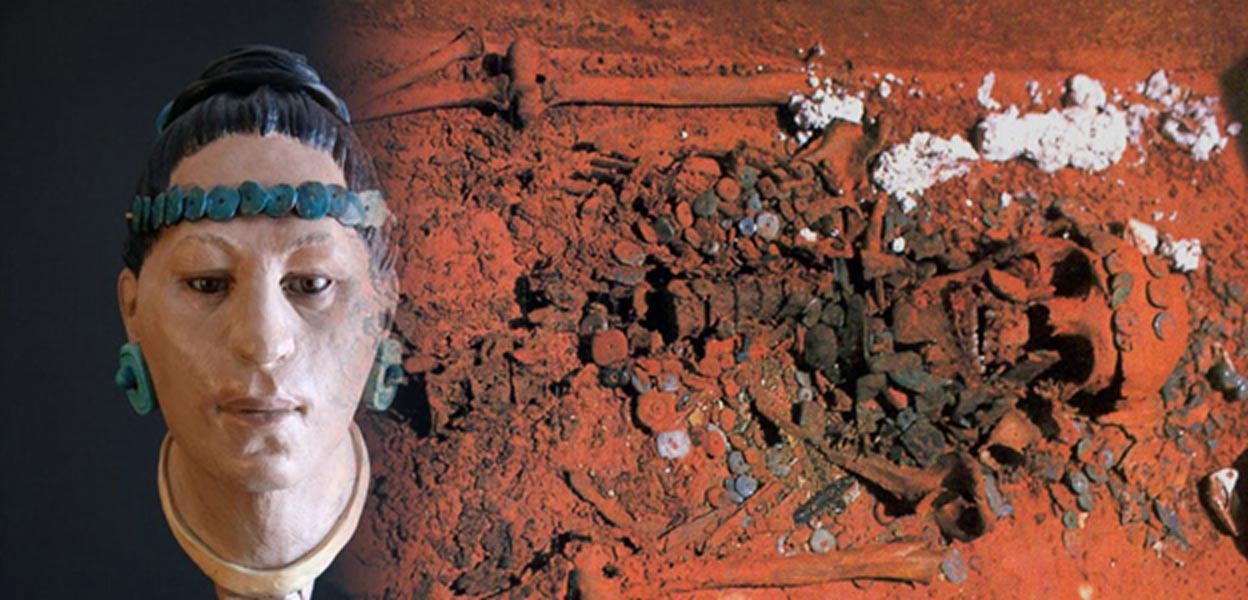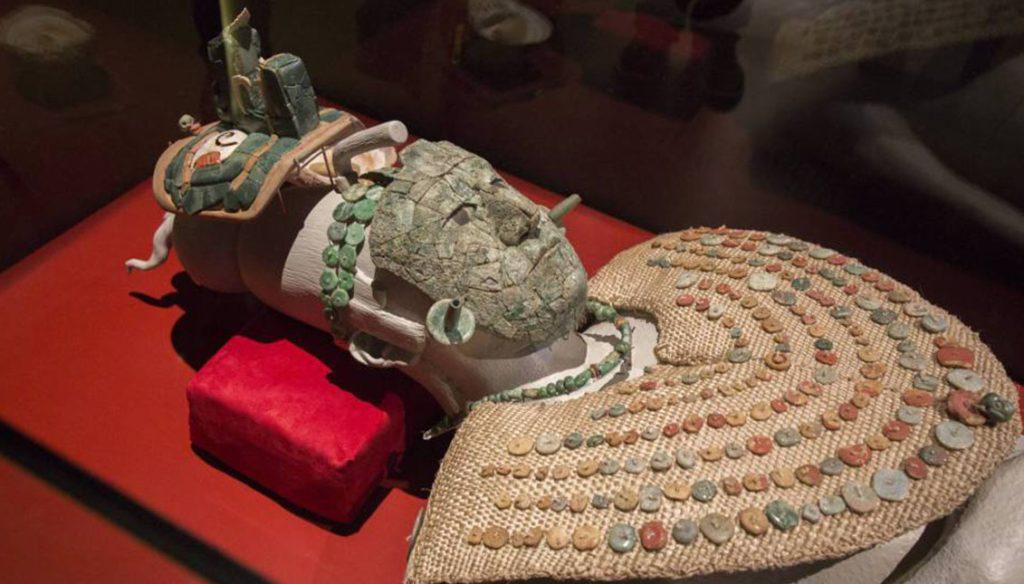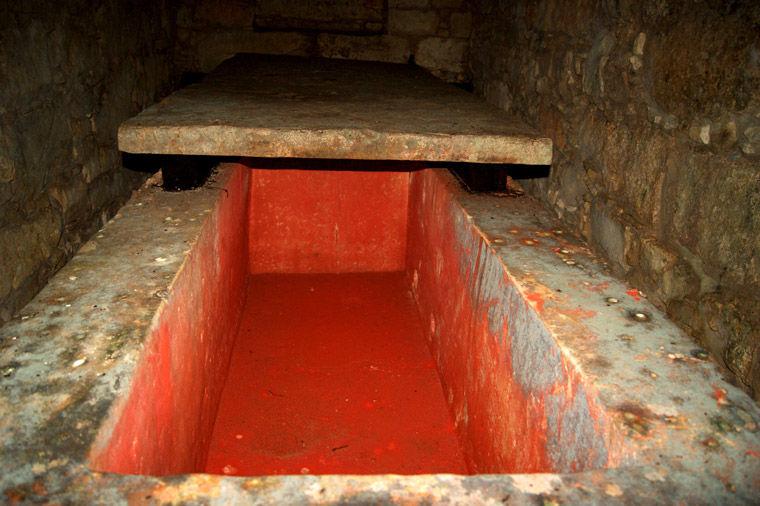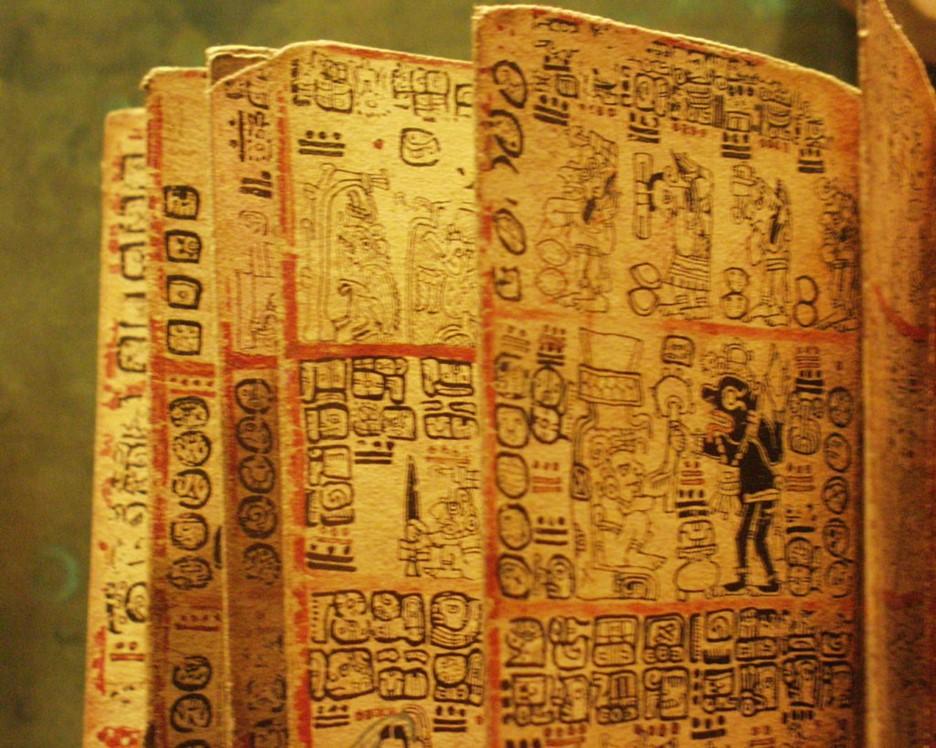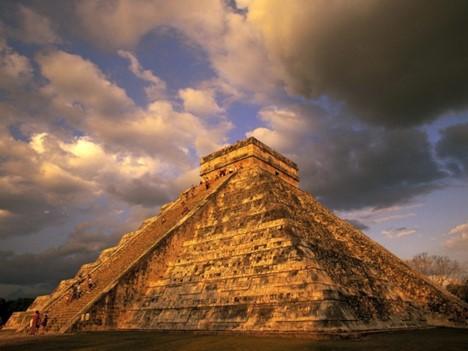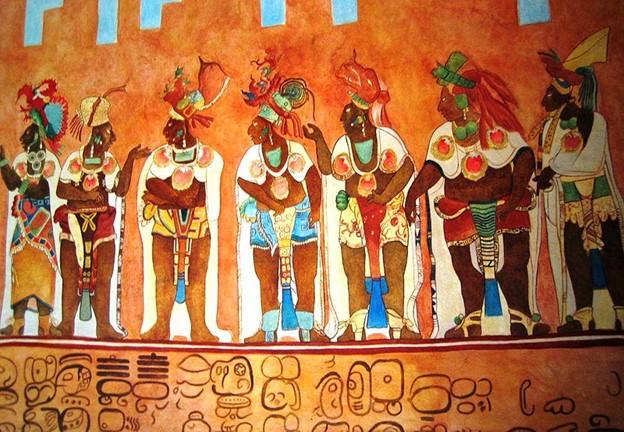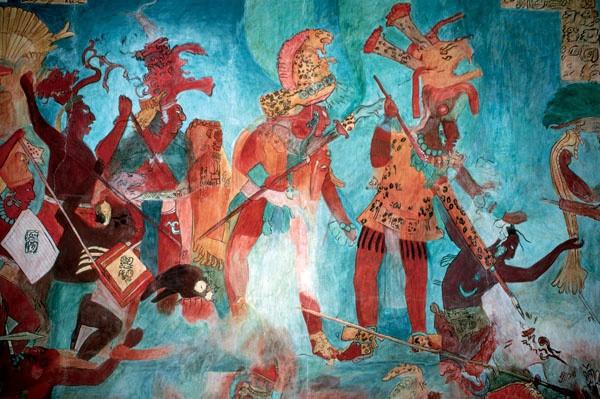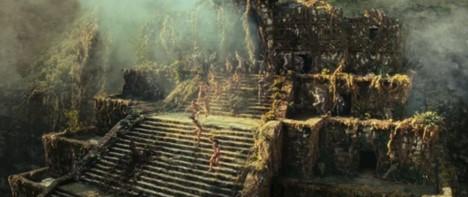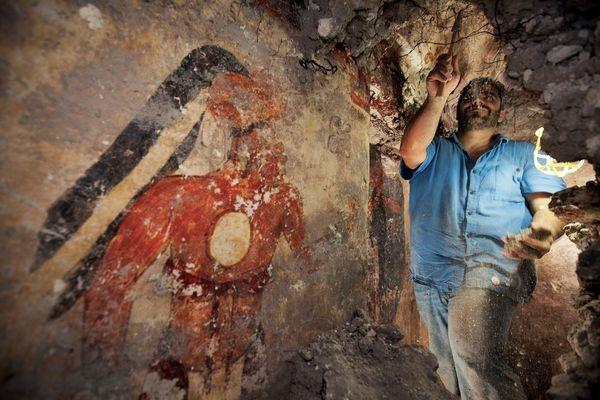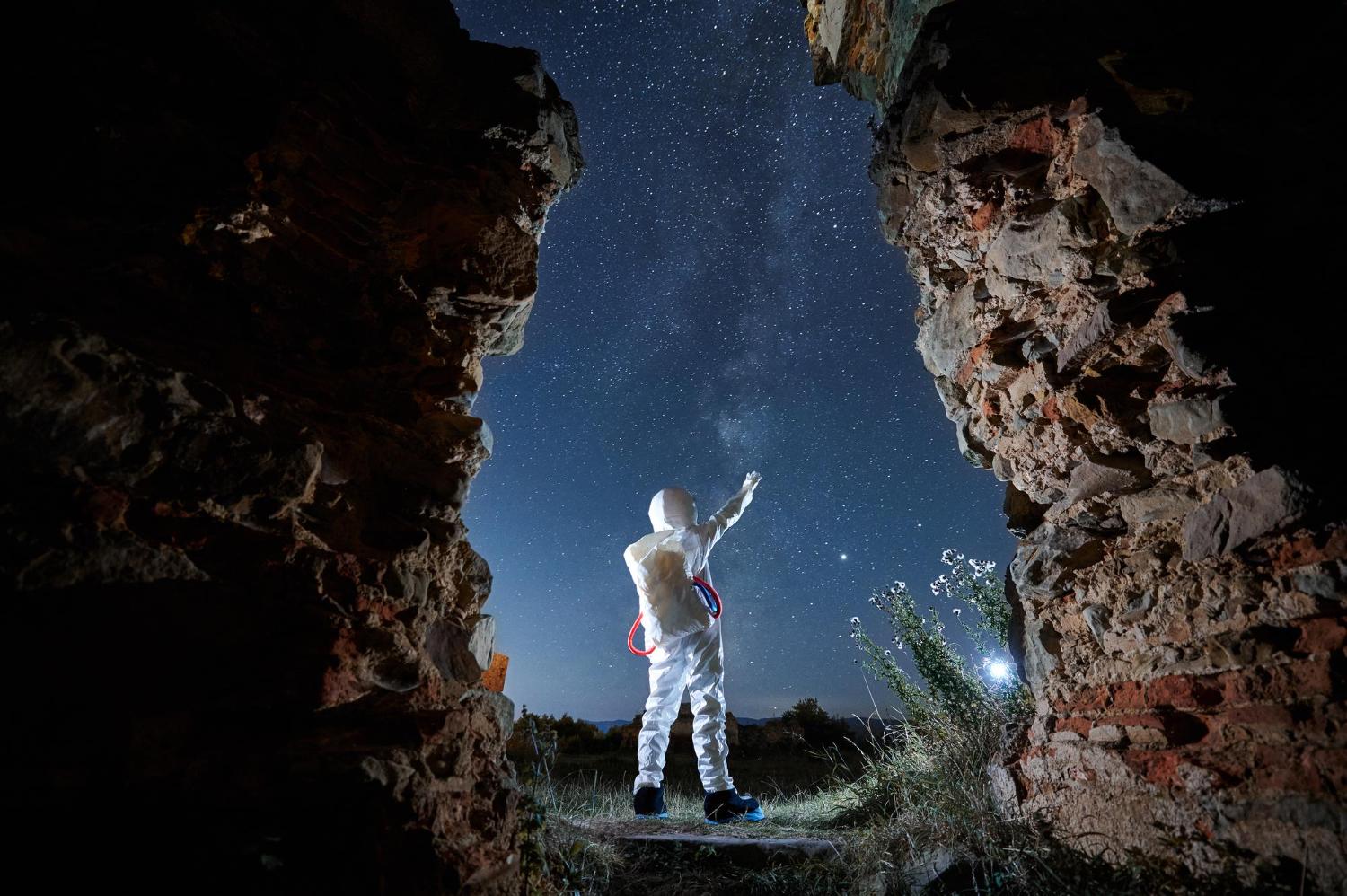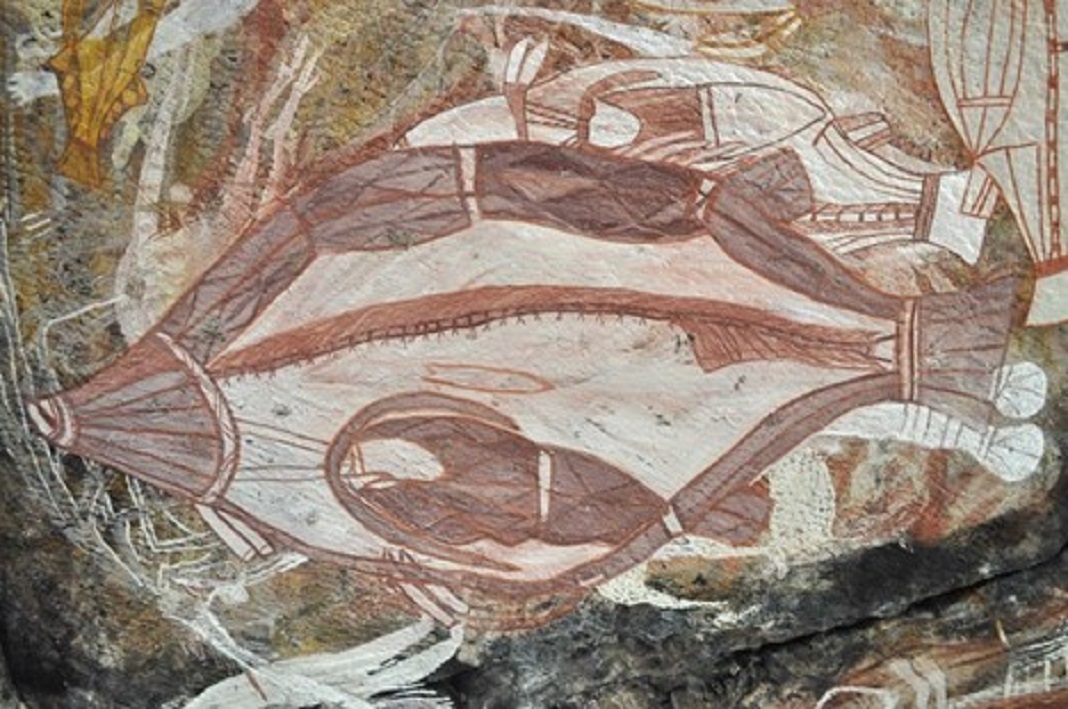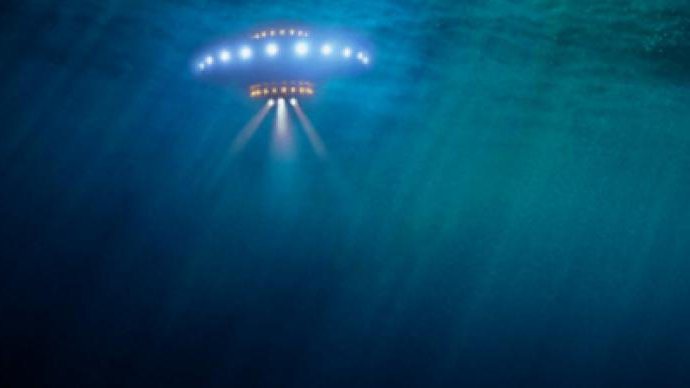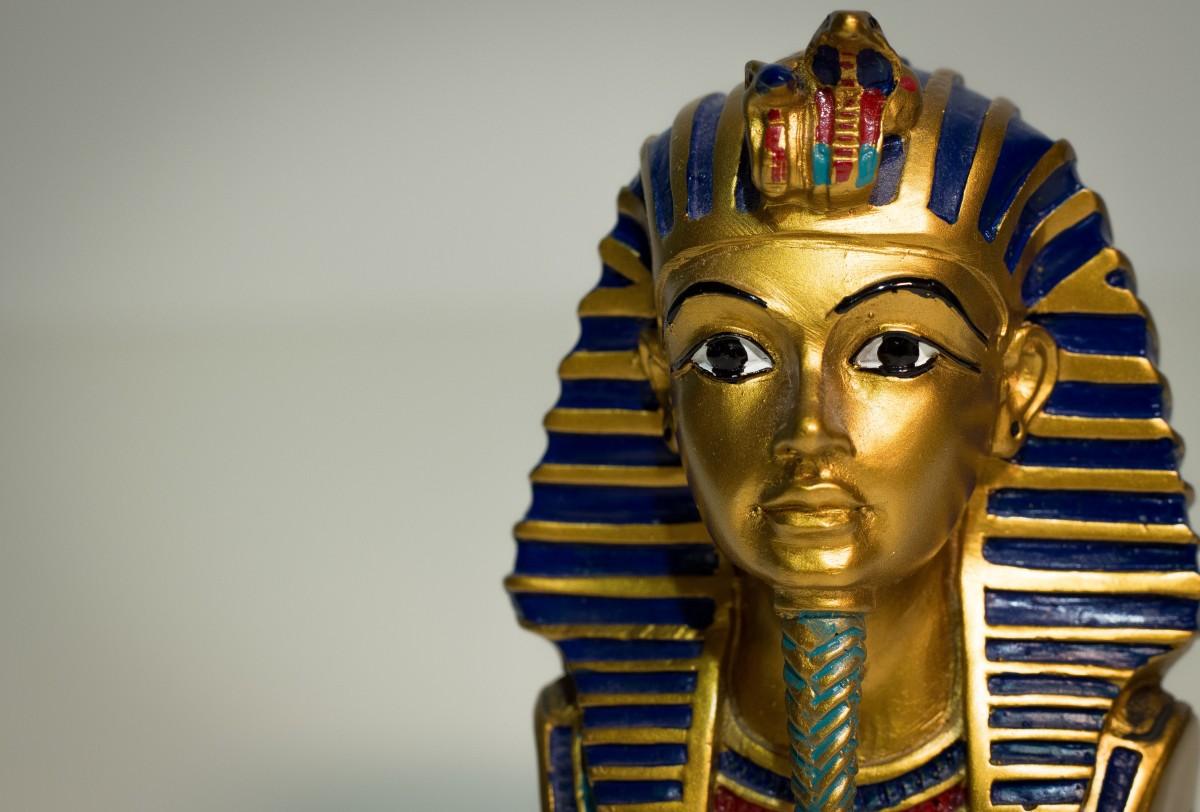The ancient Mayan civilization continues to fascinate archaeologists, historians, scientists, and enthusiasts of events anchored in ancestral times, offering a rich dowry of landmarks and relics; one of the most enigmatic of these is the tomb of the Red Queen.
It is a surprising burial chamber discovered in 1994 by Mexican archaeologist Fanny Lopez Jimenez under the ruins of the ancient Mayan settlement of Palenque National Park in southern Mexico.
The discovery took place following routine work, started to stabilize the steps of stairs leading to a pyramid located at a point adjacent to the Temple of the Inscriptions – an operation financially supported by archaeologist Arnoldo Gonzales Cruz, who later devoted himself to the detailed study of it, publishing a volume meant to bring to light a whole series of information regarding the appearance and content of the enigmatic tomb.
The work is suggestively titled “La Reina Roja: una tomba real in Palenque” (2011) and suggests that the person buried in that place was of royal descent, assuming that her remains would have belonged to the Mayan queen Ix Tz’aakb’u Ahau, dating between 600 and 700 AD.
“It is difficult to establish exactly the identity of the one who was buried here, but judging by the attention given to her, it is more than certain that she was a very important person”, says the author.
Why a “Red Queen” and not another color?
The nickname given to the deceased is due to the fact that both her lifeless body and the objects found inside the sarcophagus were covered with shiny cinnabar powder – a polymorphic mineral belonging to the category of sulfides, having a red or reddish-brown color.
The surprising appearance of these landmarks gave rise, at the time, to a multitude of the most extraordinary hypotheses as to why this powder was used at the time of burial: some scholars claim that Mayan rituals required such a measure in the case of in which the body belonged to a queen, while others claim that, according to the Mayan tradition, the powder was meant to protect both the body and objects necessary for the deceased in Xibalba – “the land of fears”, as the Mayans called what we define by the expression “in the next world” or “the afterlife”.
The idea of the need for protection was also reinforced by the fact that outside the sarcophagus, in its immediate vicinity, a second skeleton was found, which is supposed to have belonged to a devoted slave, aged about 30-35 years, who would have been sacrificed precisely to serve her mistress in the afterlife.
The effective lifting of the sarcophagus lid by archaeologists was performed with the utmost care, the laborious operation lasting no less than 14 hours, so as not to risk damaging its contents.
Inside the sarcophagus was discovered the skeleton of a woman, with which were stored a lot of ritual objects and ornaments made of jade or rare pearls, articles made of bone and shellfish shells, with which necklaces, earrings and bracelets were made in ancient times.
Around the skull was a diadem made up of small flat jade discs, but also a few pieces of malachite, of an intense green, whose puzzle seems to have originally made up a funerary mask.
“The first impression was that we were in front of a mosaic of green, red and white pieces, which made up a kind of bizarre coating, but on closer inspection, we noticed that the mosaic contains details and ornaments specific to a truly spectacular funerary mask”, Cruz writes in the pages of his volume.
At the level of the chest bones were also several jade discs similar to those in the tiara, along with four obsidian plaques and a miniature limestone statuette, inserted in a decorative shell – items that would have formed a kind of funerary vest, worn exclusively by high-ranking people in Mayan society.
All these elements, but also the entire inner surface of the sarcophagus, were analyzed and cataloged in a later phase, as they were covered with a shiny layer of red cinnabar powder, the removal of which required hours of meticulous toil.
What did the specialists conclude?
The remains of the “Red Queen”, as well as the collection of objects and the sarcophagus discovered in the Mayan tomb were transported with great care to the laboratories of the Mexican National Institute of Archeology and History in Mexico City, to be studied in detail.
From a scientific point of view, it was found that the body belonged to a woman about 60 years old, suffering from severe osteoporosis, whose diet was mainly based on meat and which had a surprisingly healthy teeth for her age.
Paradoxically, no plaques inscribed were found inside the mortuary were, meant to reveal the identity of the deceased, so the specialists limited themselves to declaring only that the woman was undoubtedly of high rank, occupying a role of great importance in the Maya hierarchy at the time of her last breath.
In an intermediate phase of the analysis, an hypothesis speculated that the woman could have been the mother of Pakal the Great, named K’inich Janaab ‘Pakal I (603-683 AD) – the ruler of the Maya of Palenque, who ruled gloriously for 68 years, but DNA tests taken from the sarcophagus revealed that it had nothing in common with that of the great leader.
This completely overturns the theory initially formulated, directing the attention of specialists to another variant, much more convincing.
More realistic theories
Following the interpretation of the laboratory results obtained by analyzing DNA fragments, the researchers therefore followed a new path, thanks to which, given that they established with certainty that the woman in the sarcophagus had been an important figure in the court during her life, they considered they are right to assume that it was Pakal the Great’s wife and not his mother.
In August 2013, the theory took on a slightly better defined outline, and the woman’s identity was attributed to Queen Ix Tz’aakb’u Ahau, but this also remains an unconfirmed hypothesis of scientific evidence, as long as the tomb of a descendant of the alleged royal couple, who could provide conclusive DNA evidence – a viable and truly undisputed trail, was not found.
Archaeologist Arnoldo Gonzales Cruz’s hopes in this context were related to the possibility of identifying the tomb of Pakal the Great’s nephew and his wife, Ix Tz’aakb’u Ahau – a descendant who was in fact the last Mayan ruler mentioned in ancient chronicles – inside one of the unexplored pyramids that are found in the central area of the Palenque National Park complex.
The ruins of the Mayan settlement of Palenque extend over an area of about 259 hectares of land, presenting hundreds of structures not yet studied in detail; in the center of the city there is a large area, including the ruins of the Temple of the Inscriptions and a group of three pyramids, located right in the central square.
The most imposing of these was built especially for the tomb of Pakal the Great, presenting an interior staircase that leads deep into the mortuary, noting a number of similarities with that of the Red Queen – the latter having slightly smaller dimensions.
This led to the natural idea that the husband and wife would benefit from adjoining graves.
EXTENDED MAYASE RELIC STUDY PROJECTS
Teams of scientists, archaeologists, historians and researchers from other fields have repeatedly asked Mexican authorities for permission to study Mayan relics in their own laboratories, with the aim of establishing their exact identity and bringing them to light. other details belonging to a long gone time and a civilization that does not cease to fascinate humanity even after almost two millennia since its disappearance.
However, their demands met with considerable rigidity, which Mexican officials justified by the desire to
“…protect a treasure of inestimable value within its own borders, so that it could be studied in the future by Mexican specialists – the most able to interpret and describe things from a fair perspective, given that they are their own predecessors”, said Juan Esposito di Maria, a spokesman for the Commission for Archaeological Studies at Palenque National Park.
Mexican historian and writer Adriana Malvido Arriaga also pointed out the reasons why the impressive Mayan site remains unexplored despite the fact that it arouses such a lively interest among fans of the genre around the world.
Referring to possible collaborations with teams of international experts who have shown interest in detailed mapping and cataloging of all landmarks in the park, the author sarcastically notes, in her volume entitled “The Red Queen: The Secret of the Mayans in Palenque”(2006):
“We tried to enthusiastically embrace in this context the initiatives of foreign entities, but in the end they proved to be either overly pretentious or simply clumsy.”
In the meantime, however, such projects at the national level have been doomed from the start due to a lack of financial resources, so that the many Mayan secrets that reside in Palenque are still waiting to be deciphered.
